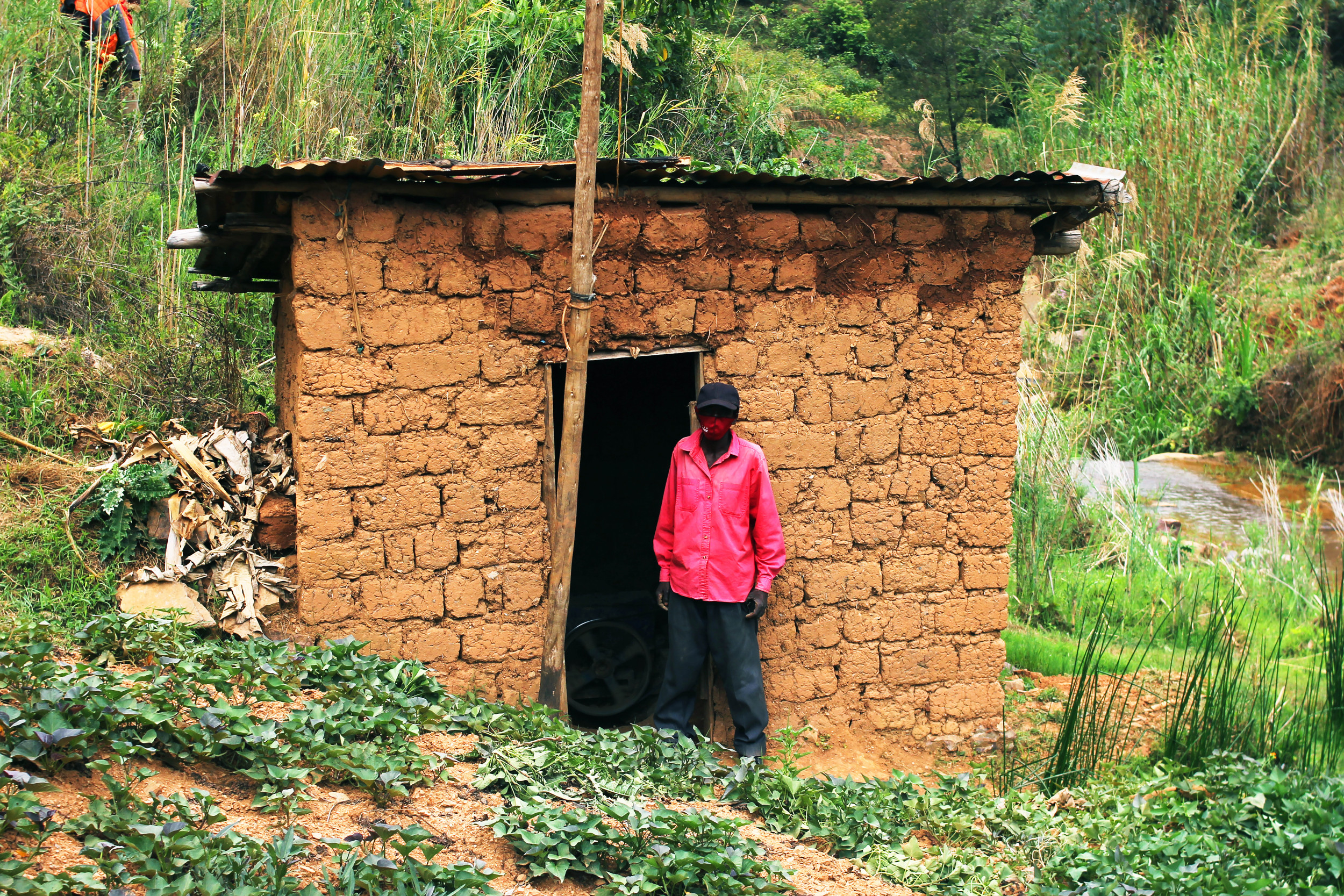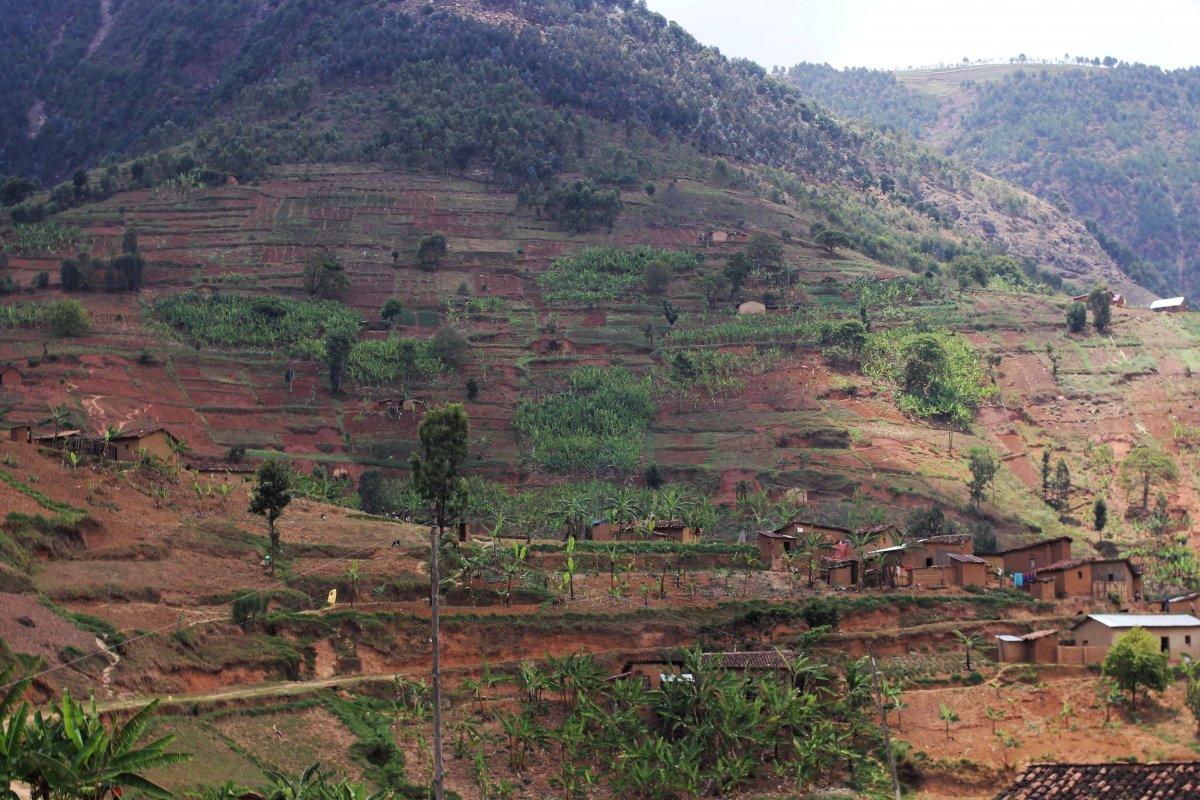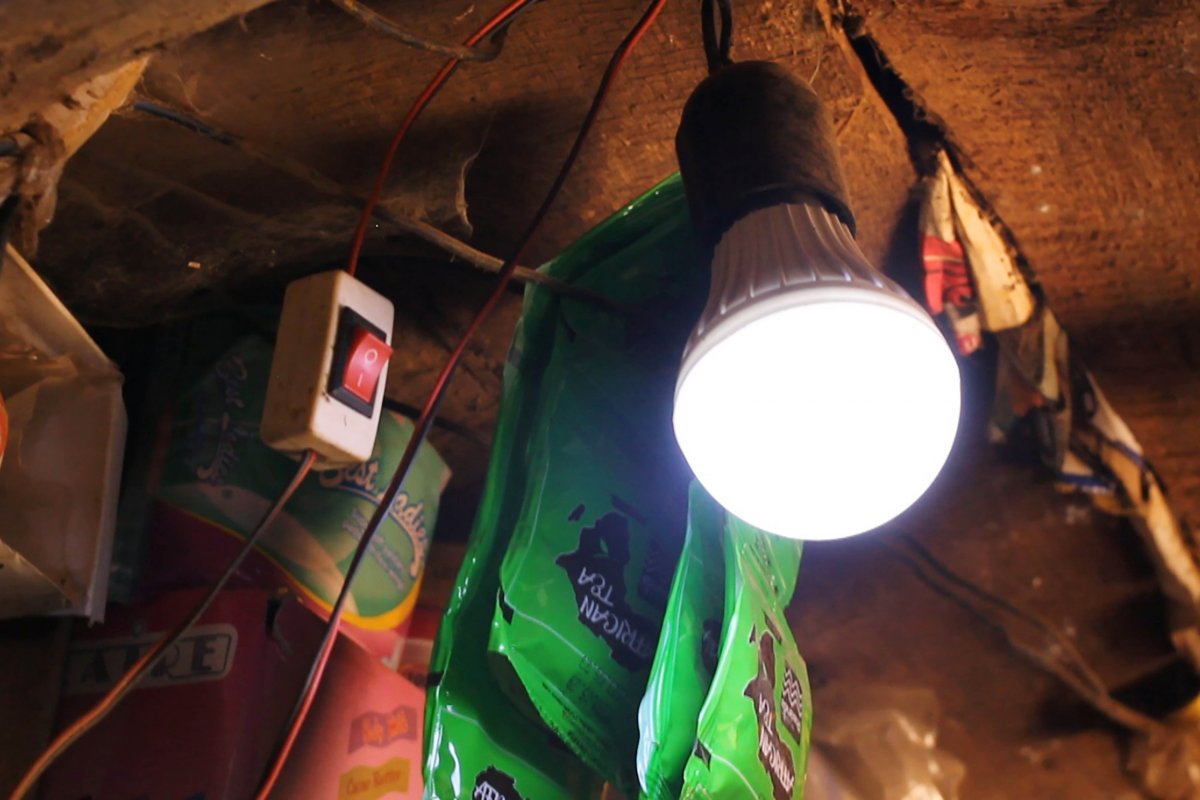
The Muhanga district is a remote, mountainous parcel of eastern Africa where reliable electricity is a century behind the First World. Diesel generators clatter and hum all night, fouling the air so phones can charge. About 70% of the United States was electrified by the end of the 1930s, ushering in a new technological age. But this is Rwanda, a world away.
More than 50 families in one village now have their first juice ever, thanks to a man who has no formal education. Thomas Edison famously dropped out of high school after just three months and later invented the incandescent light bulb. Bizimungu Claver built a small hydroelectric power plant from scratch and houses it in a mud-brick shack.
Claver told Zenger News that six years ago he got tired of recharging batteries every day to keep his lights on. "I, therefore, decided to divert the waters of the Gifurwe River, by digging 47 meters [about 150 feet] in a hill to create a steep place that could allow high volume waters down to a power generator I put in this brick forged house," he said, pointing to his creation.
His neighbors were skeptical of the man who has never seen the inside of a classroom. "Most of them told me it is impossible, as they knew my background, but after proving them wrong I started charging them 1,000 Rwandan francs [$1 US], which I used to buy spare parts in case of damage," he said.

The Gifurwe River flows in the rolling mountains of the Rongi sector, where it cascades over a natural waterfall. Claver redirected the flow through pipes he laid in a steep tunnel, powering a generator powerful enough to serve customers 4 kilometers away [roughly 2.5 miles] in the adjacent Nyagasozi sector.
Claver said he has the capacity to produce 15 kilowatts, but he believes only about 40% of that power reaches town. He blames makeshift transmission wires he forged from scrap. If he can upgrade that wiring, he said, twice as many people could upgrade their daily lives.
Tugirimana Jean is a believer. He sells groceries, cooking oil, rice, sugar and other goods in a small store. "If someone shifts from using a torch [flashlight] with dry cells to using a light bulb, they can light the outside, turn on a TV or listen to music on the radio, all of which makes us happy," said Jean.

Electricity has fueled a boom in home-schooling for children whose education has been sidelined during the coronavirus pandemic. The transformation has astonished people who had spent their entire lives reading at night with 19th century technology that Americans discarded generations ago.
"Before being connected, we used petrol lamps, but now I just press the wall switch and light my house nowadays by 7 p.m. or 8 p.m., so my children can do their schoolwork," Niyitegeka Mark, a father of three, told Zenger. Mark's three-room house is powered by Clave's invention. He's also a pastor. When he plugged in his church he stopped traveling long distances to charge batteries.

Only 52% of Rwanda's 12 million people have electricity, either on-grid or off-grid, according to data from the country's Ministry of Infrastructure.
The government wants nearly everyone connected to power by 2024. The World Bank has lined up billions in public and private funding for subsidized solar projects in remote areas, which will bring more than 400,000 Rwandans into the 21st century.
So far, Claver has invested about 2 million Rwandan francs ($2,000 U.S.) in maintaining his project, mostly from what his utility customers pay him.
Community leader Photogene Nibaheke said Claver's work has attracted the attention of government officials. "We have been advocating for Claver's project and recently RURA [Rwanda Utilities Regulatory Authority] visited the site and filled out forms with him, which we take as a positive sign," Nibaheke said.
This story was provided to Newsweek by Zenger News.
Uncommon Knowledge
Newsweek is committed to challenging conventional wisdom and finding connections in the search for common ground.
Newsweek is committed to challenging conventional wisdom and finding connections in the search for common ground.
About the writer
To read how Newsweek uses AI as a newsroom tool, Click here.






